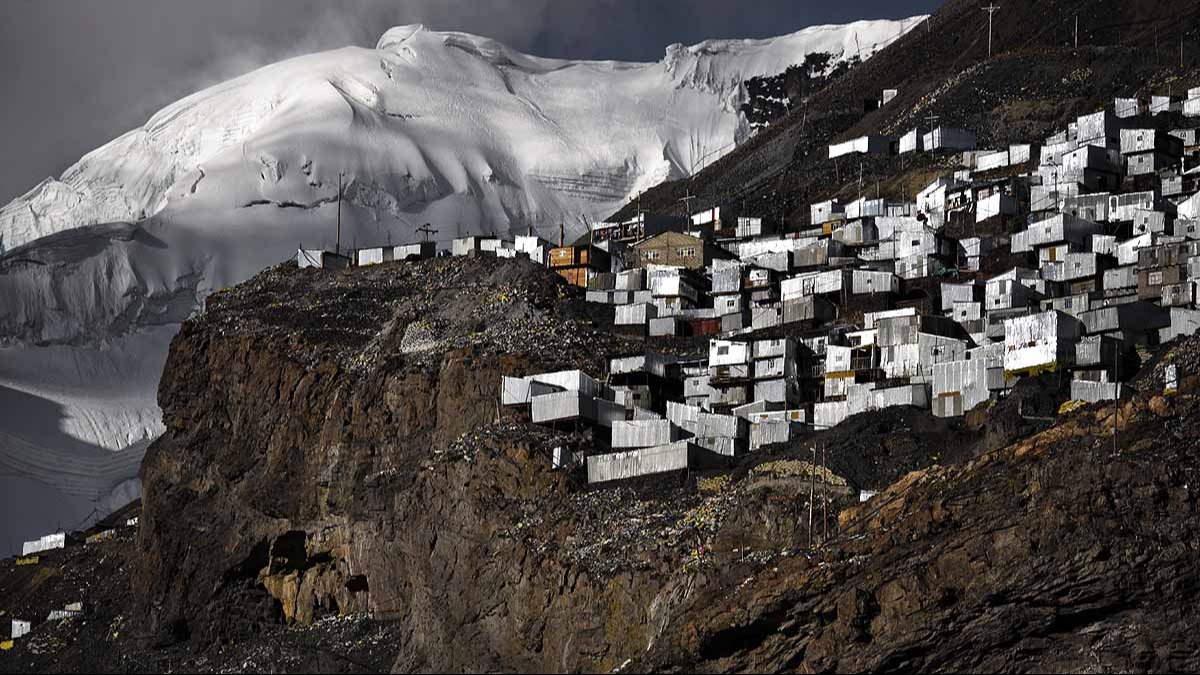
Source: aajtak
About 80 million people around the world live above the staggering height of 8,202 feet. These high-altitude dwellers are spread across South America, Central Asia, and East Africa. China’s Qinghai province boasts the highest permanent settlement. This town, reaching an awe-inspiring altitude of 15,980 feet, introduces us to an extraordinary lifestyle where the sky is the limit.
(Photo: Reuters)
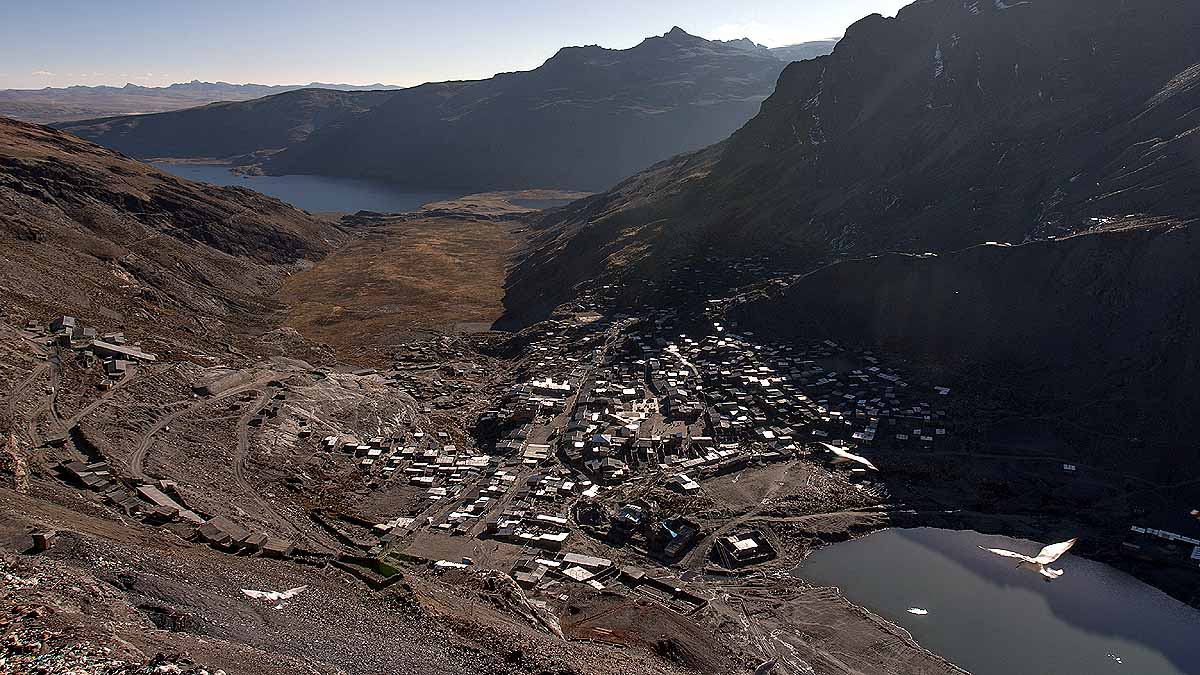
Source: aajtak
In India's Korzok, residents brave life at 15,000 feet. Whether you call it a town or a village, Peru's people reside even higher. Nestled within the Andes mountains lies a settlement so unique, it's been dubbed 'Devil's Paradise' (Devil's Paradise).
(Photo: Getty Images)
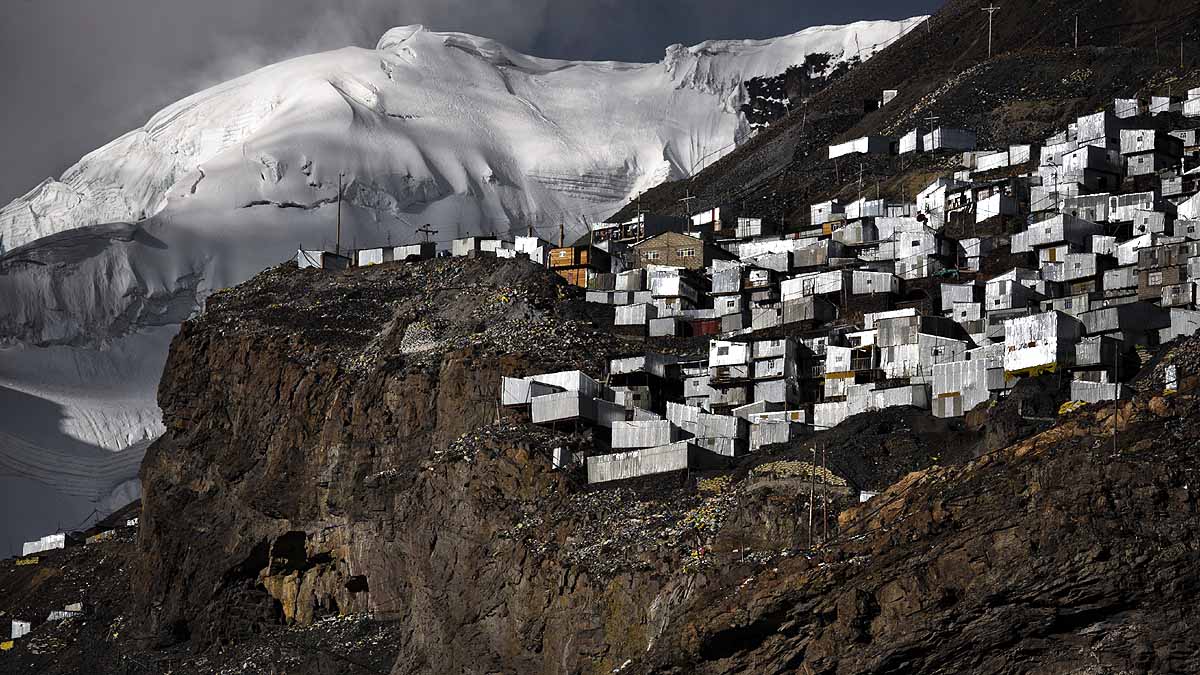
Source: aajtak
La Rinconada truly defies the ordinary. Approximately 50,000 inhabitants carve out an existence between 16,404 feet and 17,388 feet, making it the most elevated permanent human settlement on Earth.
(Photo: Getty Images)
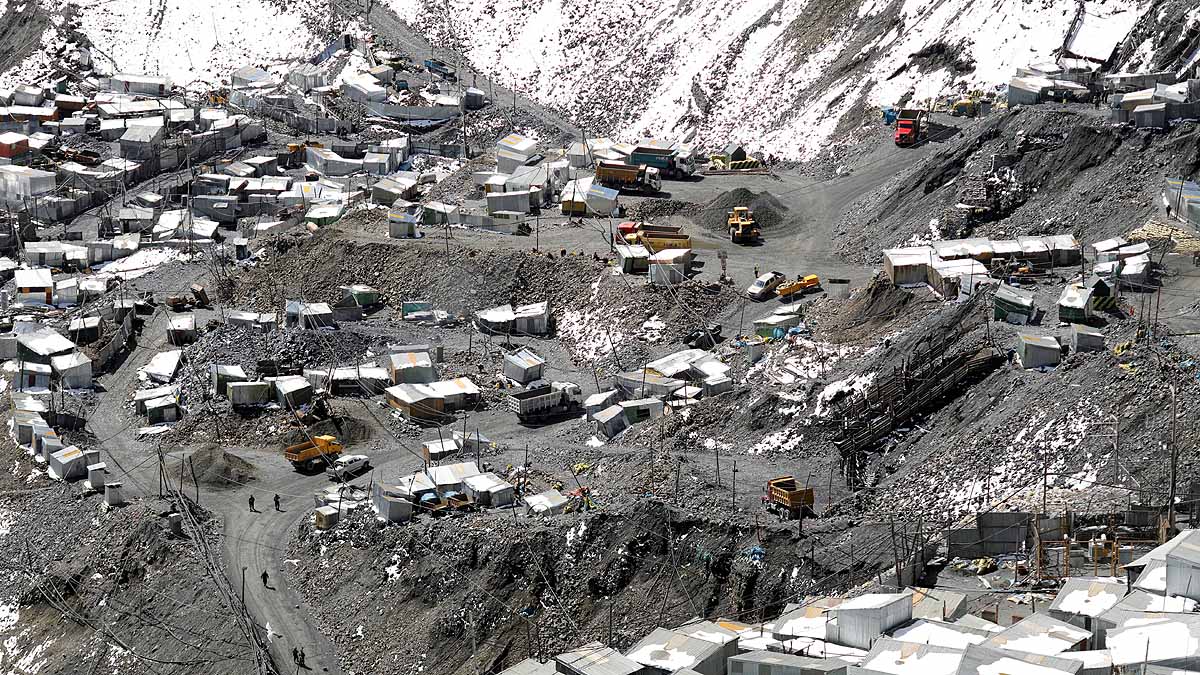
Source: aajtak
Life in La Rinconada is a testament to human endurance. Devoid of a water supply, sewerage system, and proper waste disposal, the residents rely on goods transported from lower altitudes. Electricity graced this highland town only after the turn of the millennium.
(Photo: Reuters)
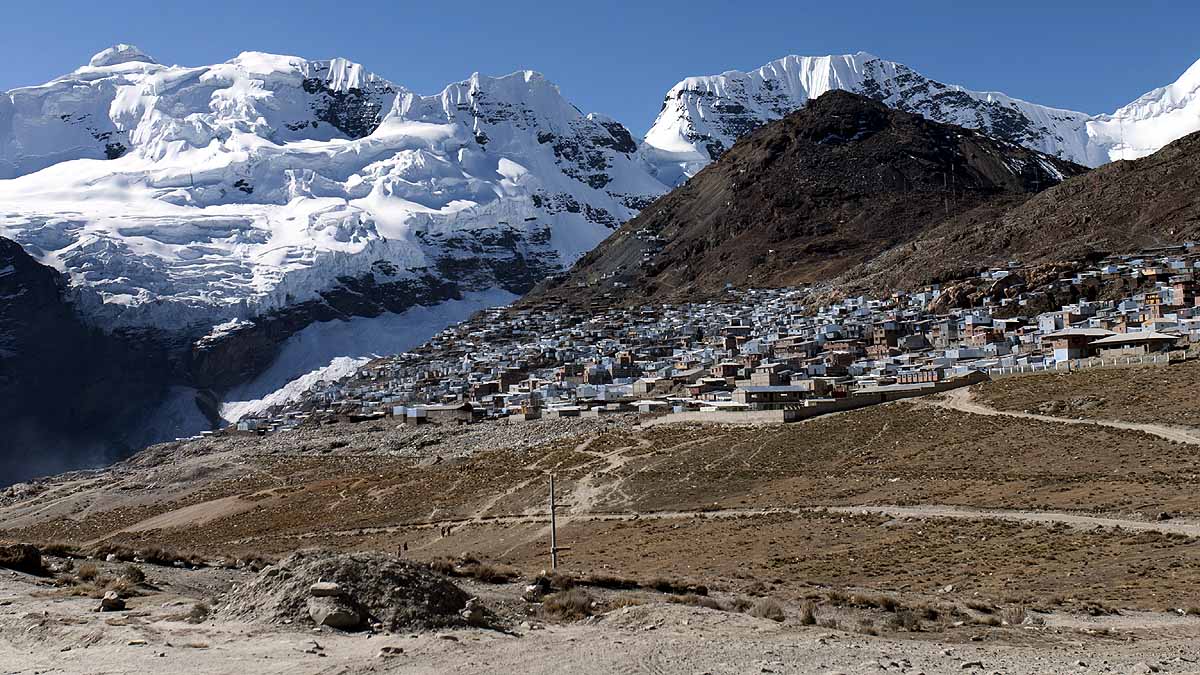
Source: aajtak
Known primarily for its gold mines, La Rinconada's mining activity dates back approximately 60 years. Working with limited oxygen, residents adapt to life with roughly half the oxygen available at sea level. Their resilience and ability to thrive in such conditions are astounding.
(Photo: Getty Images)
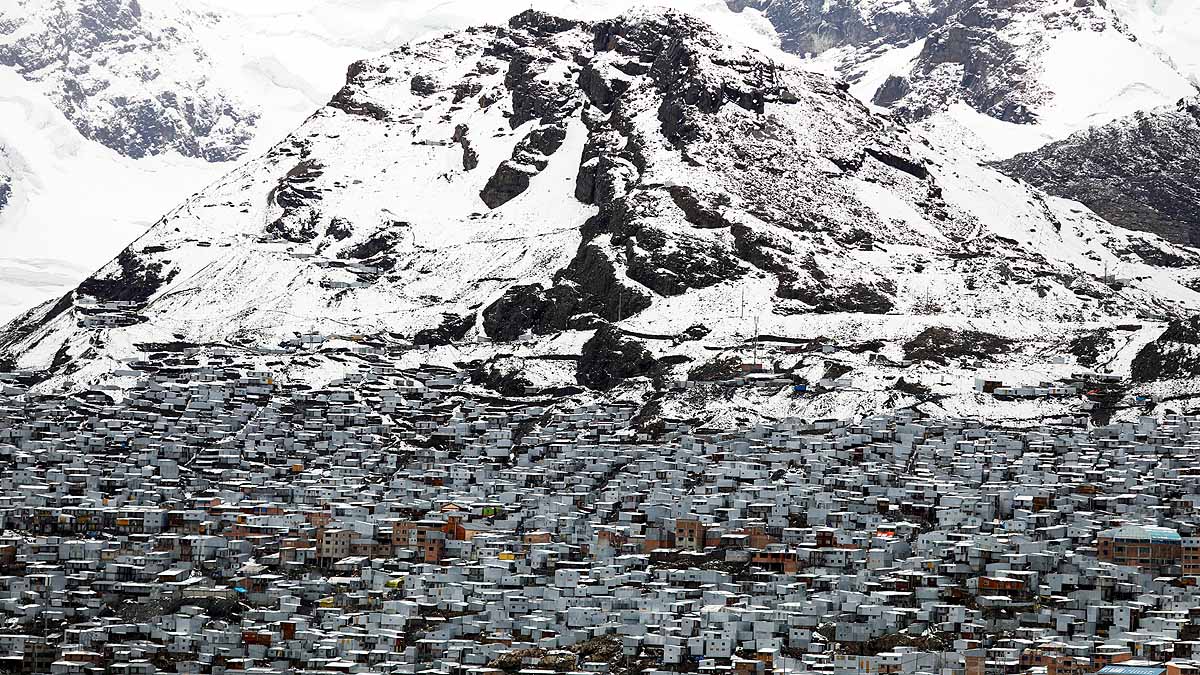
Source: aajtak
If you aren’t born in the mountains, La Rinconada can be overwhelming. As you ascend to 14,763 feet, the oxygen level in the air plummets to 60%. This altitude challenges the brain, lungs, and heart as your body acclimates.
(Photo: Reuters)
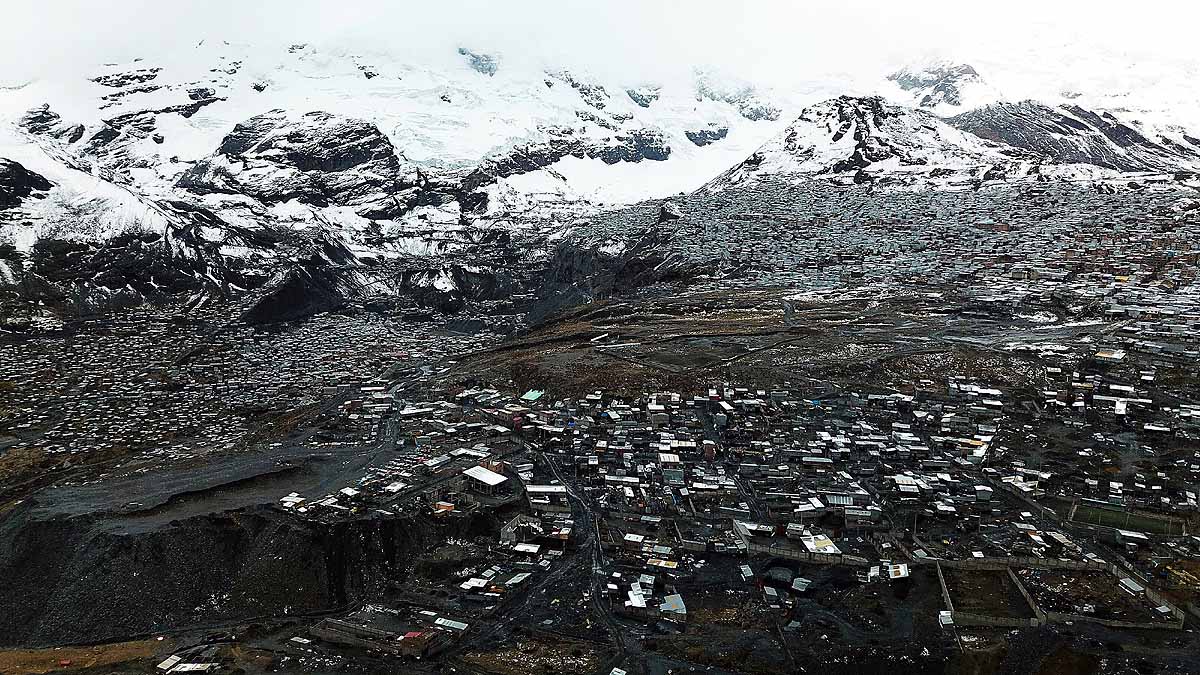
Source: aajtak
Upon arrival, the body's hemoglobin levels drop as oxygen quickly dissipates through the blood. The higher you go, the lower the hemoglobin. This rapid altitude adjustment sometimes leads to Acute Mountain Sickness (AMS), characterized by headaches, fatigue, restlessness, and loss of appetite.
(Photo: Reuters)
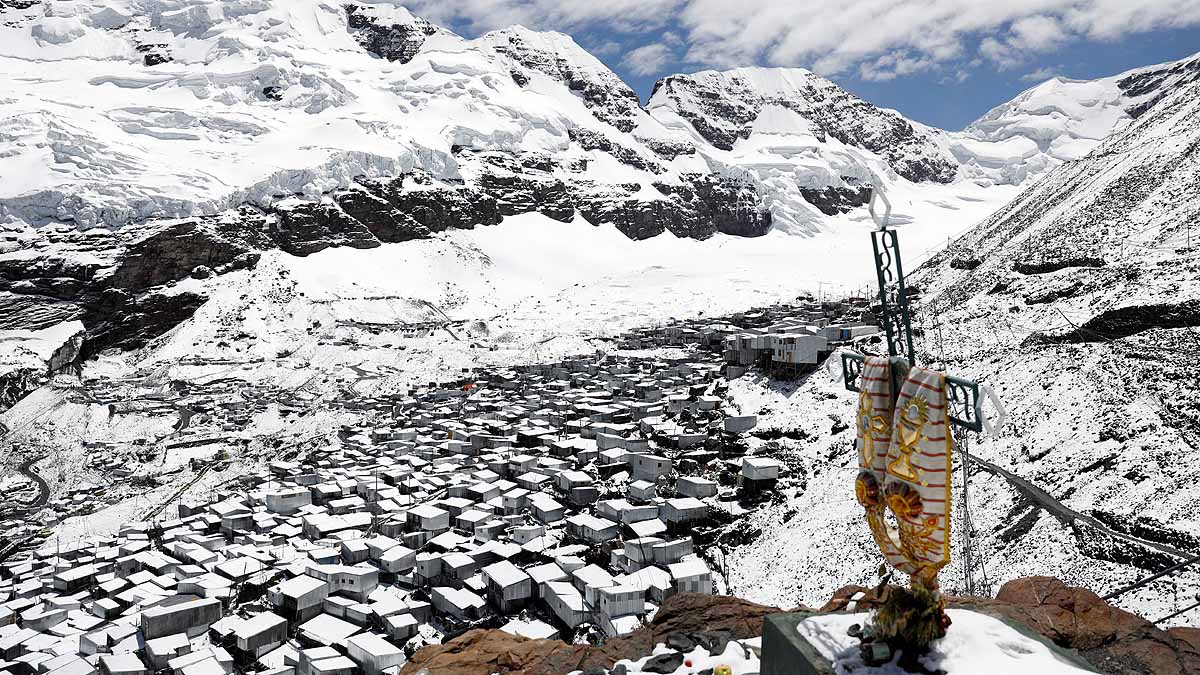
Source: aajtak
However, spending a few weeks in La Rinconada can acclimatize visitors. Locals have adapted to lower oxygen levels, their heartbeat normalizing to the thin air's rhythm.
(Photo: Reuters)
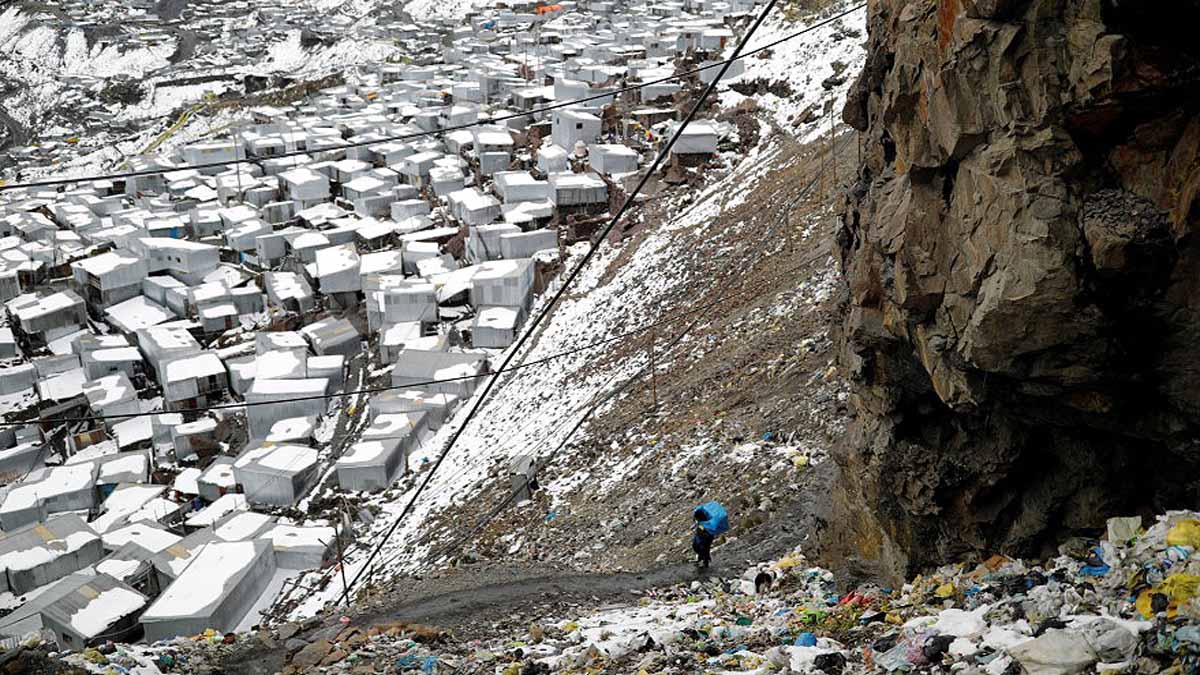
Source: aajtak
Contrastingly, Tibetans living at similar altitudes do not suffer the same issues. Chronic Mountain Sickness (CMS) is rare, as their bodies produce higher quantities of hemoglobin, catering to the thin atmosphere.
